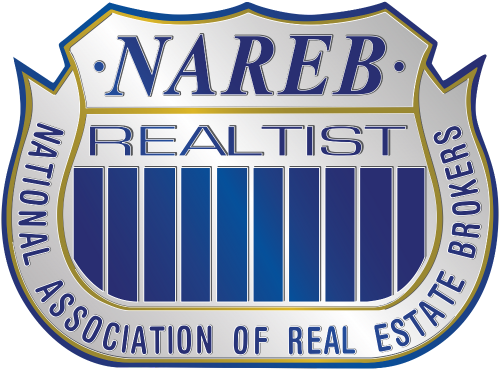What is the National Association of Real Estate Brokers (NAREB)?
The National Association of Real Estate Brokers (NAREB) is a trade organization and network of Black real estate professionals known for promoting “democracy in housing” and advocating for public policies that “protect and expand sustainable homeownership.”
The organization’s members, who go by the title of Realtist, are spread throughout chapters across the United States. NAREB’s Realtist membership includes real estate brokers as well as professionals from other disciplines within the real estate industry such as mortgage brokers and appraisers.
“NAREB is the premier network of Black Real Estate Professionals,” NAREB President Lydia Pope said. “Our purpose is to enhance the professional and business conditions of NAREB Realtist members by strengthening the consumer capacity of Black, minority, and emerging target market segments that our Realtists serve.”
NAREB also works to promote the real estate industry through economic, political, legal, and social leverage and seeks to remediate disparate and discriminatory housing and property ownership practices in this country.
What is the history of the NAREB?
Founded in Tampa, Florida in 1947, NAREB began as an equal opportunity and civil rights advocacy organization for African American real estate professionals, consumers and communities.
Over the years, NAREB has helped influence the implementation of equal rights, fair housing, equal opportunity and community development legislation around the country. NAREB says it has worked to ensure passage of a variety of notable laws and measures such as the first local fair housing legislation in New York City, which was adopted in 1962. NAREB also worked to bring about passage of fair housing legislation in California in 1963.
The organization is currently open to anyone who promotes the goal of democracy in housing.
How are members of the NAREB referred to?
Members of NAREB go by the title of Realtist. The term Realtist is the trademarked name for NAREB members, similar to the way the term Realtor was trademarked by the National Association of Realtors (NAR) to describe members of that professional organization.
The Realtist designation is important to members, Pope said, giving them a place to belong and be a part of something bigger than them.
“This is important when you look at the demographics of our typical member,” Pope said. NAREB members typically operate independent real estate offices that do not belong to any of the major franchise operations.
What is the difference between a realtor and a Realtist?
Some of NAREB’s Realtist members may be realtors, but a Realtist may represent various other occupations in the real estate industry. A Realtist could also be an appraiser, loan officer or mortgage broker.
A brief history of discrimination in housing in the U.S.
Homeownership has long been viewed as a method of wealth-building in the United States and a way to establish financial security. Historically however, the laws in this country were designed to benefit white households.
Black families’ over the past century, for instance, were excluded from purchasing affordable homes. This took place in a variety of ways. For instance, while white families were provided with private loans insured by the Federal Housing Administration (FHA) in order to help them secure low-down-payment home purchases, Black families did not have access to the same benefits and subsidies.
The practice of redlining, or color-coding maps, was used to demarcate areas where households of color lived.The FHA would not insure loans in communities that had been redlined, nor would private lenders.
Some of the other forms of discrimination included racially restrictive covenants that specified a home could only be sold or resold to a white family. In still other instances, Black veterans who served in World War II, were unable to benefit from GI Bill benefits that provide federally guaranteed, low-interest home loans with no down payment. These loans were provided by private lenders, who rejected Black borrowers.
Later, during the 1960s, community zoning rules that required large lot sizes for homes drove up home prices, further entrenching housing segregation and limited home buying opportunities for Black families.
These are just a few examples of the history of housing discrimination in the United States, an issue that continues to have ramifications.
“Today, disparities in homeownership are a key contributor to the ongoing racial wealth gap and home equity still plays a central role in shaping family wealth,” said Pope.
The post What is the National Association of Real Estate Brokers (NAREB)? appeared first on National Association of Real Estate Brokers.


